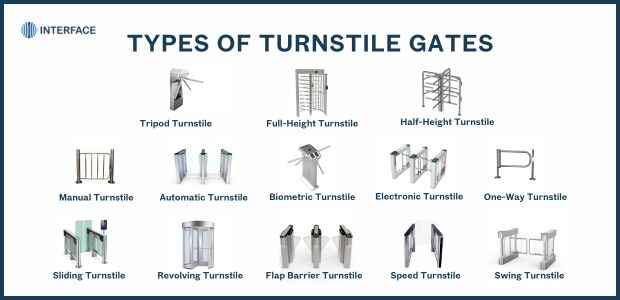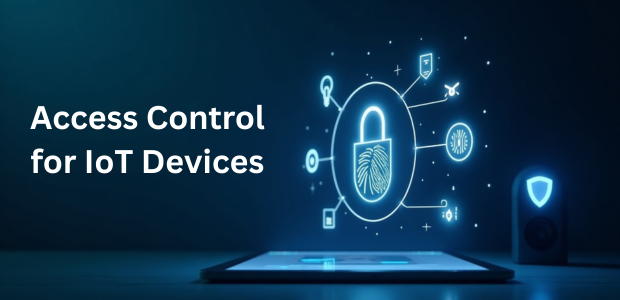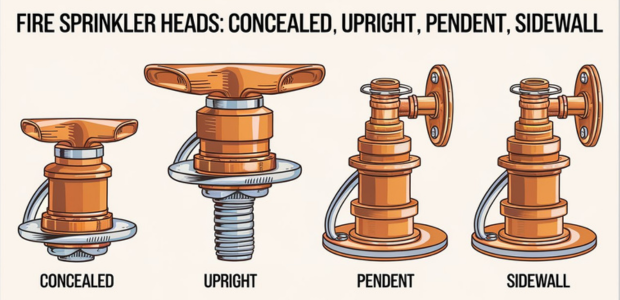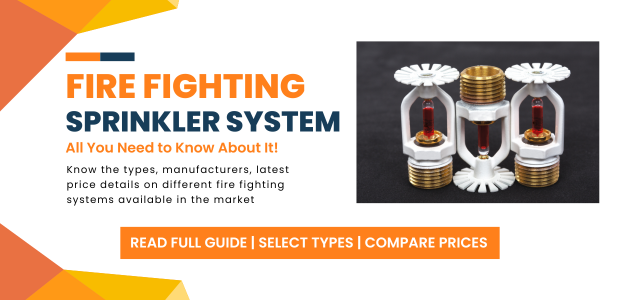Types of Turnstile Gates: Uses, Advantages & Disadvantages

- February 25, 2025
- Interface Digital
Turnstile gates are an integral part of modern access control systems, helping regulate the flow of people into secured areas.
You will find these gates at stadiums, office buildings, or metro stations. They provide security at the same time allowing people to move conveniently.
But did you know there are various turnstile gates, each designed for different purposes?
In this blog, we’ll explore the different types of turnstile gates, their use, and their advantages and disadvantages.
What Are Turnstile Gates?
Turnstile gates are mechanical or electronic access control fences that allow entry to only one person at a time. They are commonly used in places where controlled access is required, such as amusement parks, corporate offices, and stadiums. These gates improve security by being integrated with various authentication systems like RFID (Radio Frequency Identification), and biometric scanners. Now, let us dive into the types of turnstile gates and understand their applications.Types of Turnstile Gates
Turnstile security gates come in various designs, each suited for different situations and security levels. Here are the 13 main types of turnstile gates used across industries:- Tripod Turnstile Gate
- Full-Height Turnstile Gate
- Half-Height Turnstile Gate
- Manual Turnstile Gate
- Automatic Turnstile Gate
- Biometric Access Turnstile Gate
- Electronic Turnstile Gate
- One-Way Turnstile Gate
- Sliding Turnstile Gate
- Revolving Turnstile Gate
- Flap Barrier Turnstile Gate
- Speed Gate Turnstile Gate
- Swing Turnstile Gate









